Most gardeners begin their journey of growing vegetables without knowing what the best soil for vegetable gardens is, resulting in disappointment. We’re here to cut the journey short, leaving no place for annoyance, by sharing our expertise.
First things first, vegetables can’t thrive in whatever soil you plant them in. Just like humans, they need a home that offers them emotional, physical, spiritual, and mental solace. To know if your soil does that, you must know your soil type.
Pro Tip: The most essential soil nutrients are NPK i.e. Nitrogen, Phosphorous, and Potassium. Nitrogen is important for leafy greens, Phosphorus for tubers and root vegetables, and Potassium for all fruiting and flowering veggies and.
Knowing Your Soil Type

We majorly have 4 types of soil in India - sandy, silty, clayey, and loamy. Out of these, loamy soil is the best soil for vegetable gardens as it promotes the growth of almost all types of vegetables.
This doesn’t mean you can’t grow vegetables in other soils. You’ll just need to work a bit more on those soils to get the foundation right. You can Check & Improve Soil Quality by going through this blog. It shares valuable insights into how you can check what type of soil you have and improve the same for the vegetables you want to grow.
Soil pH For Vegetables

While the pH requirements for each of the vegetables vary, most of them need a soil pH ranging between 6 and 7. If the pH is lower, your soil is acidic. If the pH is higher, your soil is alkaline. To know what the pH of your soil is, you will have to test it using a kit.
Soil Colour, Texture & Smell

The health of the soil can be deduced from its colour, texture, and smell. Soil that is promising is higher in organic matter which gives it a dark colour. In other words, the darker the soil, the higher is the organic content. And higher organic content gives the soil a better texture. When choosing soil, make sure it doesn’t have any nasty whiffs. It should smell earthly (for obvious reasons) and slightly sweet.
Best Soil For Microgreens

Be it radish pink microgreen seeds or carrot microgreen seeds that you are interested in growing, your soil will play the most important role. The best soil for microgreens is high-quality nutrient-dense soil made up of a mixture of 80% organic soil free of any chemicals mixed with 20% vermicompost or homemade compost.
Best Raised-Bed Soil For Vegetables

Different vegetable gardens have different soil needs. Raised-bed vegetable gardens work wonders if they have a 50:50 mix of compost and local topsoil as their soil.
Also, making compost at home is super easy and cost-efficient. It isn’t a hassle. All you’ll need is a combination of 5 elements. These include Carbon-Rich things (dry grass, newspaper, and leaves), Greens (vegetable scraps, coffee grounds, and eggshells), Moisture, Aeration, & Patience because it takes time for good bacteria to grow and enrich your soil.
Best Potting Soil For Vegetables

While many recommend the potting soil to have perlite and vermiculite along with other components, these are non-renewable sources that make them harmful to the environment. Hence, it’s best to improve the garden soil organically. For this, a potting mix that only has organic matter can work wonders. Organic fertilizers like banana peels, compost tea, and seaweeds play a valuable role too. We have a guide that deals with everything you need to learn about organic fertilizers for you to understand this better. For now, let’s know the ingredients that go into the potting soil.
- Garden Soil - You can get this from nurseries or from your backyard.
- Coco Peat - Retains moisture for a long period of time and allows roots to grow freely.
- Vermicompost - Vermicompost is an organic material, generally food waste and other organic waste that is broken down by worms. It enhances air circulation near the roots and helps the plants to grow better. It can be replaced with cow dung or kitchen compost waste
- Neem Cake - Insecticide to allow healthy growth of vegetable roots.
How To Make Potting Soil

Step 1 - Soil Sterilization
Keep the garden soil under the sun for 2 days to get rid of any pathogens or pests inside the soil.
Step 2 - Mix Garden Soil + Coco Peat + Vermicompost
Mix equal quantities of Garden Soil, Coco Peat and Vermicompost.
Please note that it is only in the case of vegetables that compost is added in equal quantities. For other plants, it is always taken in lesser quantities.
Step 3 - Add Neem Cake
10% of the potting mix has to be an organic insecticide. Neem cake serves this purpose well, allowing roots to grow healthy.
Step 4: Add Lime Chuna & Ash
Calcium plays a vital role not just in human development but also in plant development. If lime chuna isn’t available, powdered eggshells happen to be a great substitute. Adding ash is important because it is rich in potassium and ensures the medium stays loose.
This mixture proves to be the best soil for seedlings and mature plants alike.
Soil Maintenance

Whether you grow vegetables in pots or garden beds, soil mulching is important. Mulch is a 2-4 inch layer of covering material like cocoa shells, bark, dried sugarcane bagasse, shredded leaves, grass clippings, and more. This layer is spread over the soil that works towards improving soil fertility since organic matter decomposes into the soil with time. This topsoil for growing plants not only retains the moisture but also suppresses weeds and keeps the soil cool. Here’s a guide on how to mulch your gardens in India.
That’s how you can prepare and maintain your soil so it yields happiness all year round.
Happy planting! Do let us know if you have any questions or concerns. Being vegetable parents ourselves, we’ll love to help you out.


 Sign In
Sign In


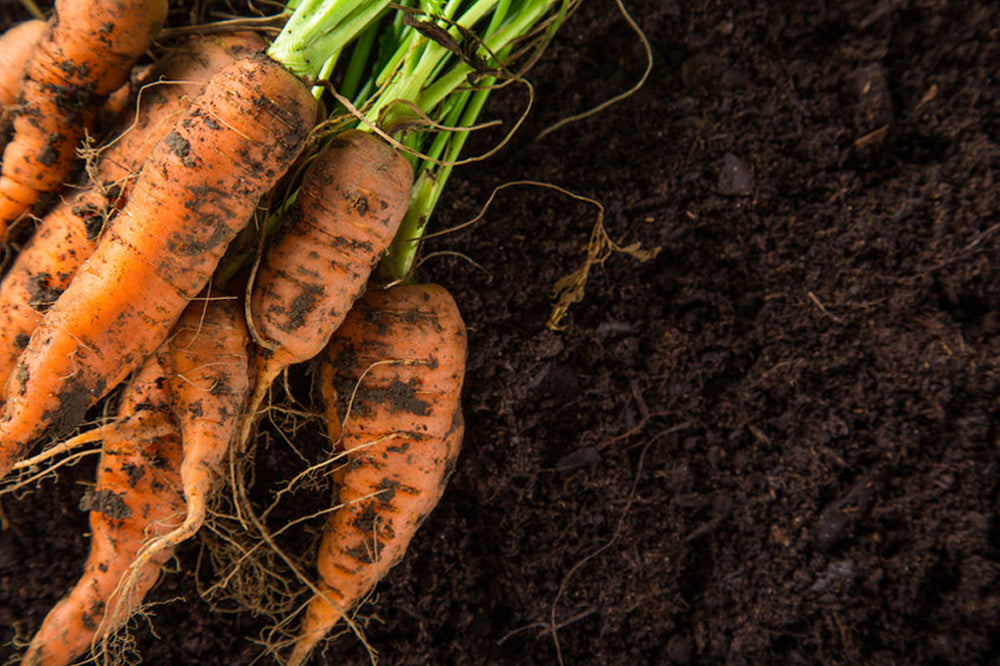
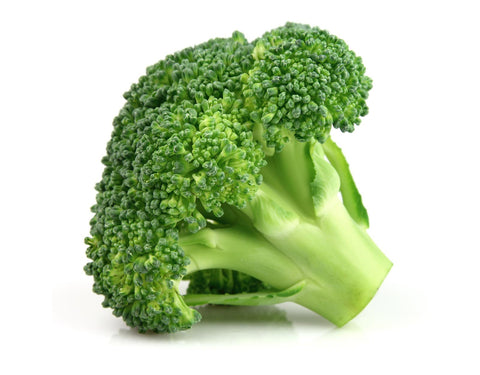
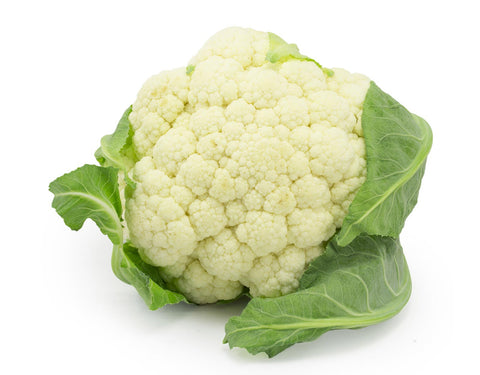
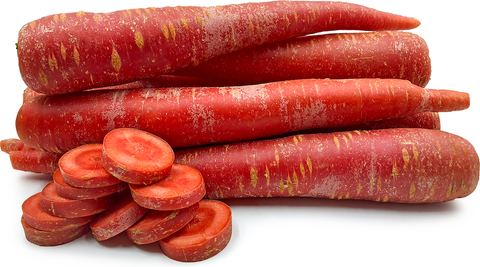
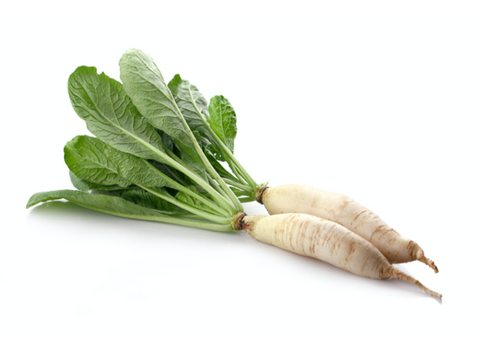
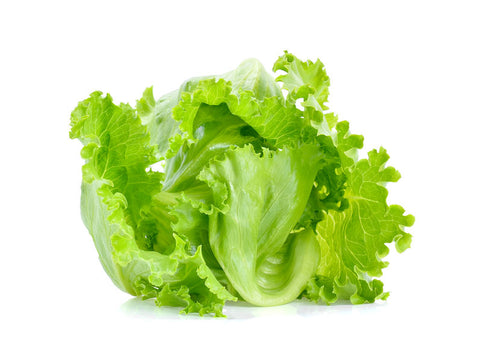
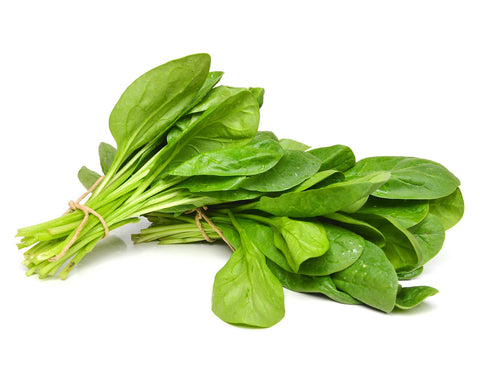
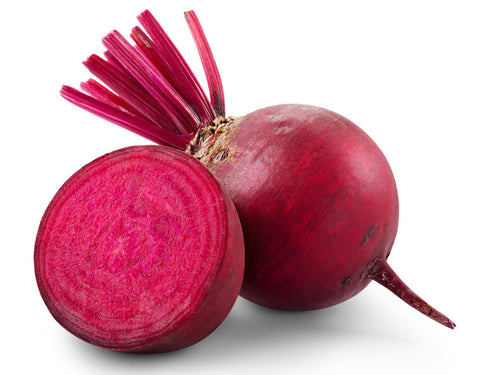
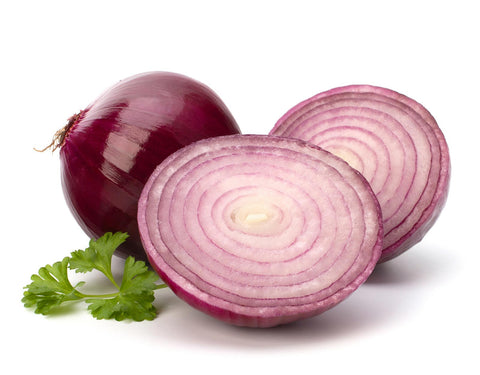
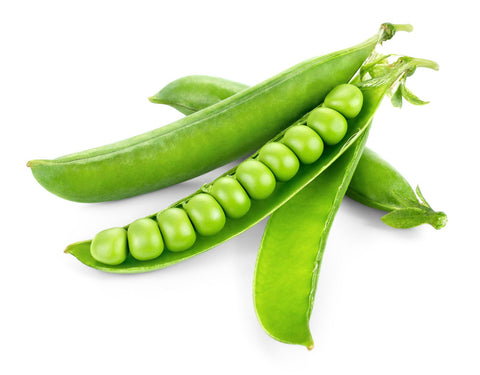
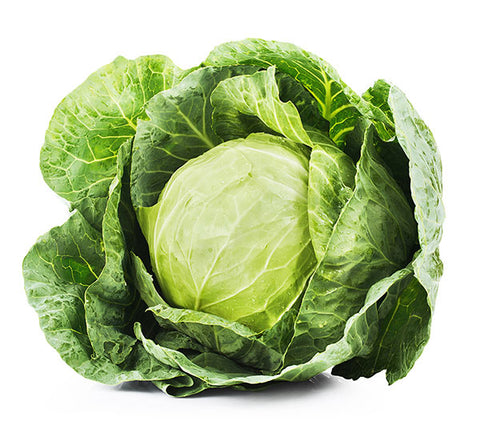
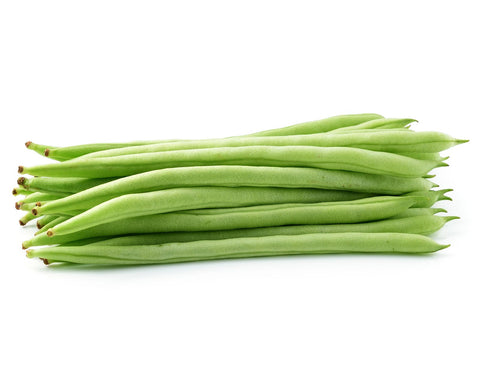






Let us know your feedback
* Comments must be approved before being displayed.